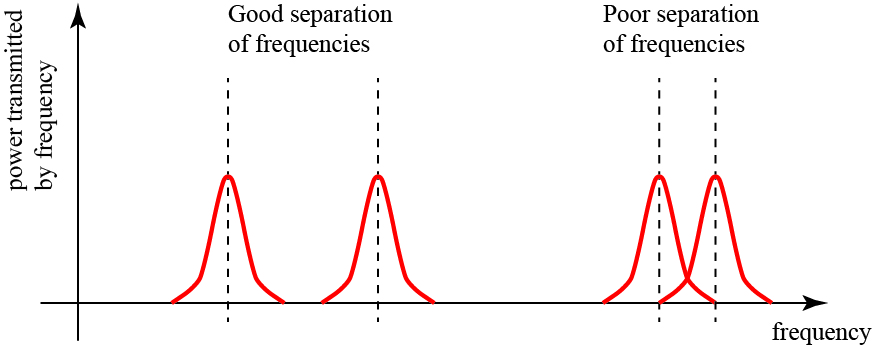

As most who have already commented here, I’m somewhat unimpressed (and would expect more analytical subtlety from a scientist). Wittgenstein already fully dissected the notion of “free will”, showing its semantic variety of meanings and how at some depth it becomes vague and unclear. And Nietzsche discussed why “punishment” is necessary and makes sense even in a completely deterministic world… Sad that such insights are forgotten by many scientists. Often unclear if some scientists want to deepen our understanding of things, or just want sensationalism. Maybe a bit of both…





Really embarrassing also for the journals that published the papers – and which are as guilty. They take ridiculously massive amounts of money to publish articles (publication cost for one article easily surpasses the cost of a high-end business laptop), and they don’t even check them properly?